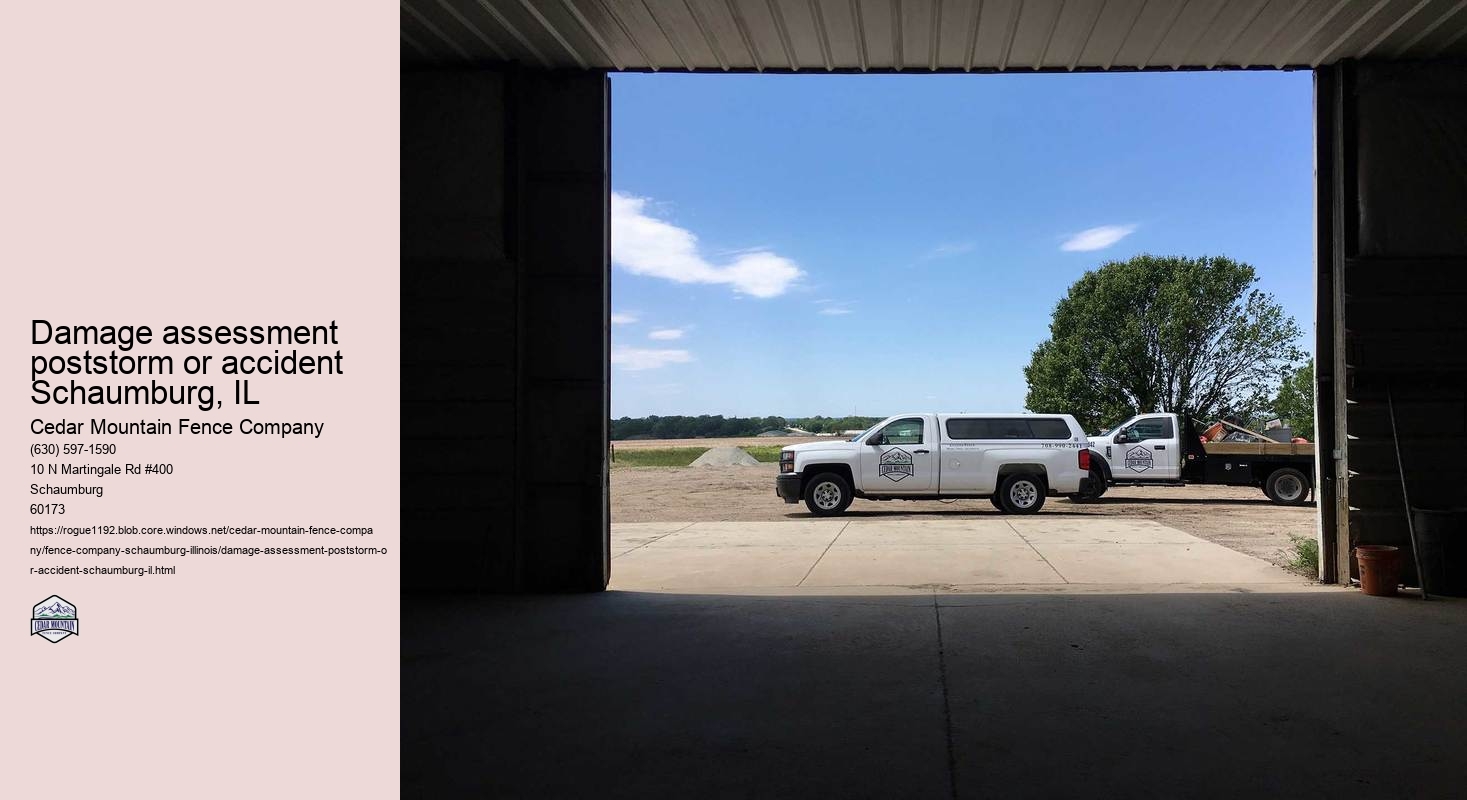In the wake of any disaster or unforeseen accident, evaluating the extent of damage is a critical step in the recovery process for communities such as Schaumburg, Illinois. This suburban village, nestled just outside Chicago, is not immune to nature's unpredictability or the occasional mishap that life throws its way.
Post-storm assessments are particularly vital to swiftly identify areas most affected by weather-induced calamities. In Schaumburg, local authorities and emergency response teams often collaborate closely following severe weather incidents. Their goal: to conduct thorough evaluations and prioritize interventions where they are needed most urgently.
Accurate damage appraisal requires methodical examination across multiple sectors. Residential neighborhoods undergo scrutiny for structural integrity; roofs ripped away, windows shattered, and basements flooded demand immediate attention. Public infrastructure too must be assessed — roads may be cracked or washed out, power lines downed, and public buildings compromised.
Business districts cannot be overlooked; economic stability hinges on their rapid return to operation. Inventories might be ruined due to water intrusion or fire outbreaks during electrical storms. Thus, assessing commercial vicinities is quintessential for ensuring local commerce rebounds with minimal delay post-disruption.
Environmental consequences also warrant close observation after a storm lashes through Schaumburg. Parks and natural reserves are inspected for fallen trees which could pose hazards or disrupt ecosystems if left unaddressed. Additionally, potential contamination of waterways from scattered debris necessitates environmental health evaluations.
Similarly crucial is the assessment following vehicle collisions or industrial accidents within village limits. These events can produce substantial wreckage that impacts traffic flow, pedestrian safety, and community well-being on several levels – physical damages to property need fixing; emotional trauma requires counseling support services; potential road spills call for environmental cleanup measures.
Schaumburg's strategic approach towards damage assessment involves leveraging technology—drones surveying overhead provide rapid visual data; GIS mapping systems plot impacted zones precisely; social media platforms disseminate updates promptly to residents seeking information about their neighborhood's status.
Nonetheless, human expertise remains irreplaceable in discerning subtleties technology may overlook: professional engineers confirming building safety codes; insurance adjusters quantifying losses for claims processing; urban planners recommending long-term resilience enhancements against future adversities.
Engaging citizens in preliminary damage reporting can greatly augment formal efforts—a vigilant populace serves as an extra set of eyes across expanses emergency personnel have yet to reach during initial phases post-calamity.
For Schaumburg's denizens who have undergone property loss or witnessed devastation within their environs post-storm or accident—the journey toward restoration commences with comprehensive damage appraisals paving pathways forward amid chaos' aftermaths. It’s through these meticulous assessments that a semblance of normalcy begins its gradual return—a testament to this Illinois community's resolve in facing adversity head-on with determination and coordinated action.
Routine fence inspection services Schaumburg, IL
Replacement of broken or rotten picketsposts Schaumburg, IL

